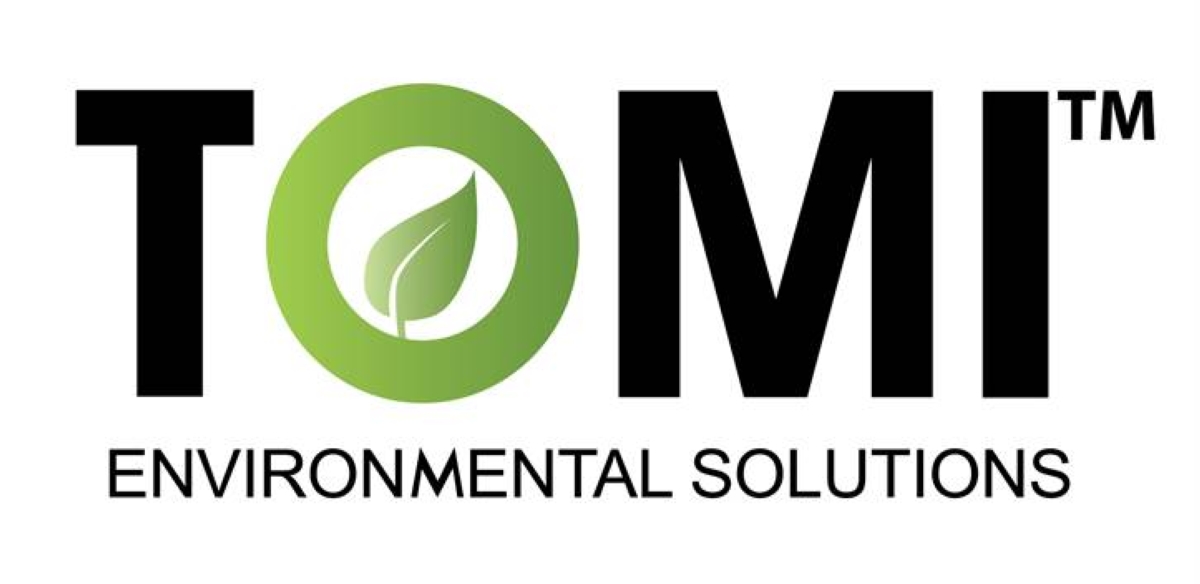New scientific resources map food components to improve human and environmental health


The Periodic Table of Food Initiative (‘the Initiative’), a pioneering collaboration led by the American Heart Association, the Alliance of Bioversity and CIAT, with support from The Rockefeller Foundation, has unveiled an initial suite of scientific tools, data, and training aimed at revolutionizing global agriculture and nutrition.
This first phase introduces two data interfaces–the PTFI MarkerLab interface and the American Heart Association Precision Medicine Platform–which provide standardized data on the biomolecular composition of 500 foods that are representative of global consumption.
With diet-related diseases accounting for one in five deaths worldwide, and widespread misunderstandings about the foods we consume, these tools ensure that scientists globally have access to extensive food composition data. This initiative encourages researchers to contribute their findings, significantly expanding our collective understanding of the food we eat.
“The power of the Periodic Table of Food Initiative is in collaboration,” said Selena Ahmed, Ph.D., MSc, global director of the Periodic Table of Food Initiative at the American Heart Association.
“In an increasingly globalized food system, societal challenges must be addressed through international multilateral and transdisciplinary efforts. These efforts must go beyond the generation of data to its translation into guidelines and other solutions by collaborators to improve the health of people and the planet.”
New food data and data exploration challenge
The Initiative will release an initial dataset featuring 500 foods with supporting metadata on food biomolecular composition. This dataset represents the first and most comprehensive food composition data ever created based on standardized food biomolecular analysis, which can reveal more than 20,000 components found in food. Metadata on food systems helps show how food composition is impacted by agricultural practices and food processing.
“This is a first-of-its-kind effort to map food quality that could lead to groundbreaking discoveries that help us better understand how food impacts health,” said Nancy Brown, chief executive officer of the American Heart Association. “With this knowledge, we’ll be able to promote affordable, sustainable and culturally relevant diets that help to improve health, address chronic disease and manage the food system’s impact on our planet.”
The comprehensive food data will be made available in two open-access interfaces for scientific researchers worldwide: the Initiative’s MarkerLab and the American Heart Association’s Precision Medicine Platform. Researchers are encouraged to explore the Initiative’s data through a data exploration challenge and submit their findings to be considered for a cash award.
Modern ways to analyze food: What is multi-omics?
The Initiative is the first scientific endeavor of its kind to provide global access to standardized multi-omics tools to profile food quality. These are state-of-the-art mass-spectrometry and computing technologies that reveal thousands of active biomolecules found in food that can impact nutrition and overall health.
Multi-omics is the analysis of multiple types of biological data, such as lipids, fibers and specialized metabolites, to provide a comprehensive understanding of biological systems. The technology was developed by Initiative collaborator Verso Biosciences and other partners pioneers in mass spectrometry, including Colorado State University, to enable the compilation and comparison of large data sets from verified laboratories around the world.
Food and agriculture education
Along with tools and new food data, the Initiative is launching Food EDU, an open-access educational platform for scientists, policymakers and food and health practitioners worldwide. Food EDU will provide online courses, global case studies and other educational and professional development opportunities. This month, Food EDU will offer the first three modules of its inaugural course track, “Foodomics and Society.”
The Initiative and Food EDU are also introducing the Good Food Fellows program. This program supports master’s and doctoral students, early career researchers and postdoctoral fellows with training and grants on community-engaged research on food quality.
The initial cohort of Fellows have diverse research projects in the areas of sustainable and regenerative agricultural practices, health, nutrition and climate change in communities across the globe. Grantees will use the Initiative’s standardized tools in their research while contributing additional data to the database.
“Knowing what is in our food will illuminate the full value of neglected and underutilized crops, or opportunity crops,” said Maya Rajasekharan, managing director of Africa at the Alliance of Bioversity and CIAT and director of strategy integration and engagement with the Periodic Table of Food Initiative. “The Periodic Table of Food Initiative provides a platform to fill data gaps, add more information and reimagine the importance of these crops, making our diets healthier and more resilient to climate change.”
Comprehensive knowledge of food composition could revolutionize human health and agriculture in several ways. The Initiative’s database can enable:
- Personalized nutrition — Tailored dietary plans that address individuals’ needs and health goals and allow patients to track nutrient intake accurately, ensuring they meet recommended requirements and avoid deficiencies.
- Disease prevention and management — Identification of specific food components that may contribute to the development of serious diseases including heart disease, diabetes and some cancers, as well as compounds that can improve health.
- Food product development — Detailed food data that could help develop fortified and enriched foods to address nutritional gaps in specific populations.
- Agriculture and ecosystem management—Quantitative evidence that enables comparisons of agricultural systems to better understand the nutritional and health attributes of the products they produce.
- Improved public health policies — Creation of more precise and data-driven dietary guidelines. Also, identification of potential hazards or contaminants with greater precision could allow for more effective food safety regulations.
- Advancements in nutrition research — Greater understanding of the complex relationships between diet and overall health.
“As we launch the Periodic Table of Food Initiative, our mission transcends the mapping of food components—it’s also about leveraging this unprecedented knowledge to promote practices that can help advance good health and reverse the climate crisis. With this unprecedented understanding of the essential qualities of our food, we hope to both improve global health and support resilient food systems, ensuring a sustainable future for all,” said Dr. John de la Parra, Director, Food Initiative at The Rockefeller Foundation.
Global Ecosystem
The Initiative established nine Centers of Excellence, with one on each continent, along with national labs and partner labs to champion food composition analysis in their geographies. Each institution will use the Initiative’s tools to analyze and share food composition data. The Centers of Excellence include:
- The University of Adelaide in Australia
- The University of California, Davis (UC Davis)
- Ethiopia Public Health Institute (EPHI)
- Kwame Nkrumah University of Science and Technology (KNUST) in Ghana
- Pontificia Universidad Javeriana in Colombia
- National Institute of Nutrition and Medical Sciences Salvador Zubirán Mexico
- Mahidol University (MU) in Thailand
- University of the South Pacific
- Wageningen University and Research in the Netherlands
Direct links to Periodic Table of Food Initiative resources:
Additional resources:
Provided by American Heart Association
Citation:
New scientific resources map food components to improve human and environmental health (2024, April 26)
retrieved 30 April 2024
from
This document is subject to copyright. Apart from any fair dealing for the purpose of private study or research, no
part may be reproduced without the written permission. The content is provided for information purposes only.
link






